In the United States, a unique social phenomenon is occurring within the walls of chain restaurants like Olive Garden and Applebee’s.
These establishments are where Americans of various income levels are most likely to interact. Recent studies have illuminated this trend, showing a blend of socioeconomic classes in such dining places, unlike other public or private spaces.
Research Unveils Chain Restaurants as Social Equalizers

Maxim Massenhoff and Nathan Wilmers, researchers from the Naval Postgraduate School and Harvard University, respectively, have made a significant discovery in the realm of social interactions.
Their study reveals a counterintuitive trend in American social life: “The most socioeconomically diverse places in America are not public institutions, like schools and parks, but affordable, chain restaurants.”
Methodology: Understanding the Social Mix
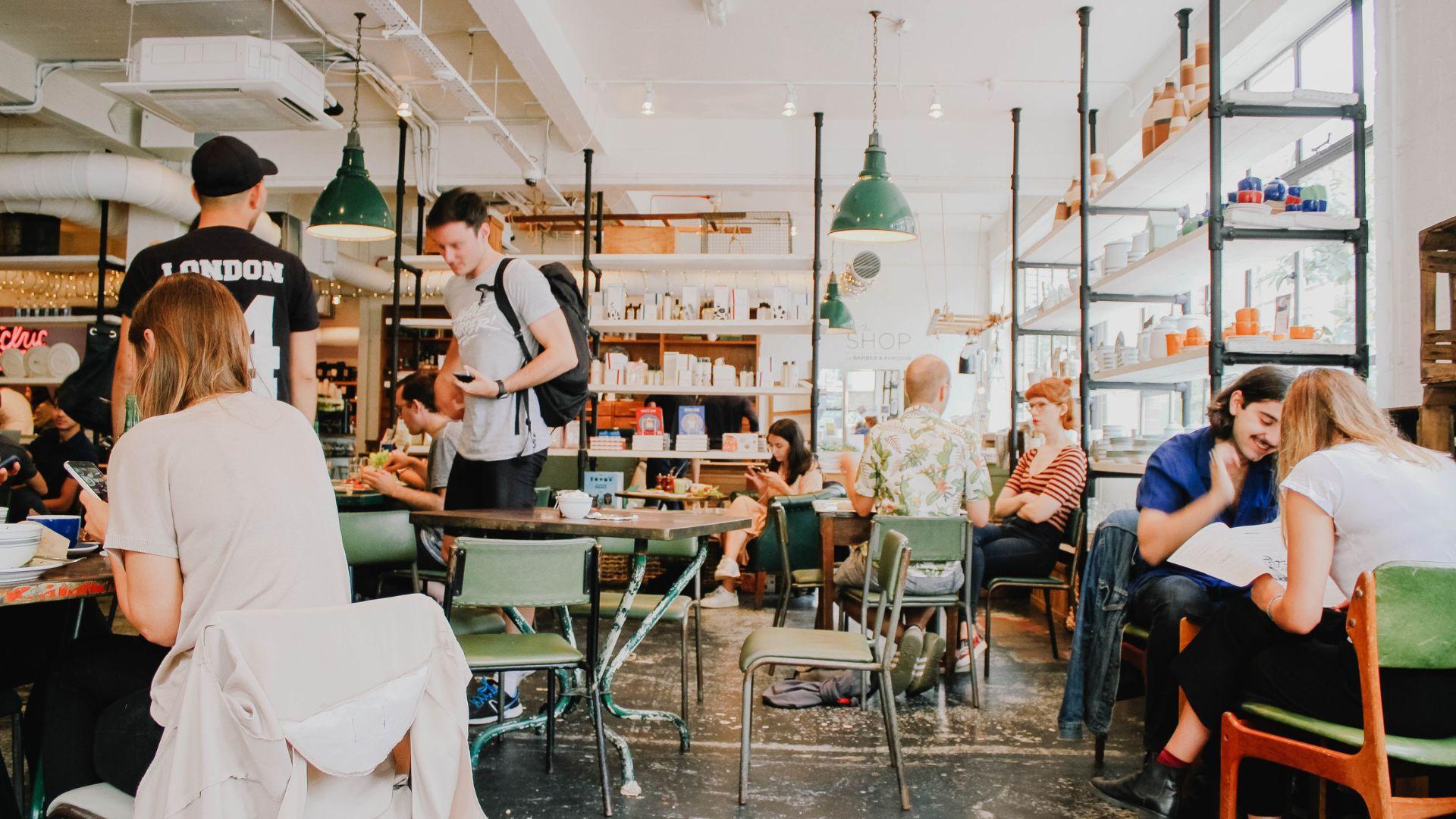
According to Business Insider, in order to determine the mix of social classes in various establishments, researchers employed SafeGraph mobile location data.
This technology tracks the locations of individuals and correlates them with residential data, providing insights into the socioeconomic status of the visitors. The data revealed a surprising level of diversity in the patronage of chain restaurants.
Isolation by Class

Business Insider reveals that research indicates a marked isolation among America’s wealthiest, who primarily socialize with people of similar economic status, especially in urban and suburban settings.
This segregation by wealth highlights a distinct social divide where the rich are less likely to encounter people from lower-income brackets in their daily lives.
The Pandemic’s Impact on Social Interactions
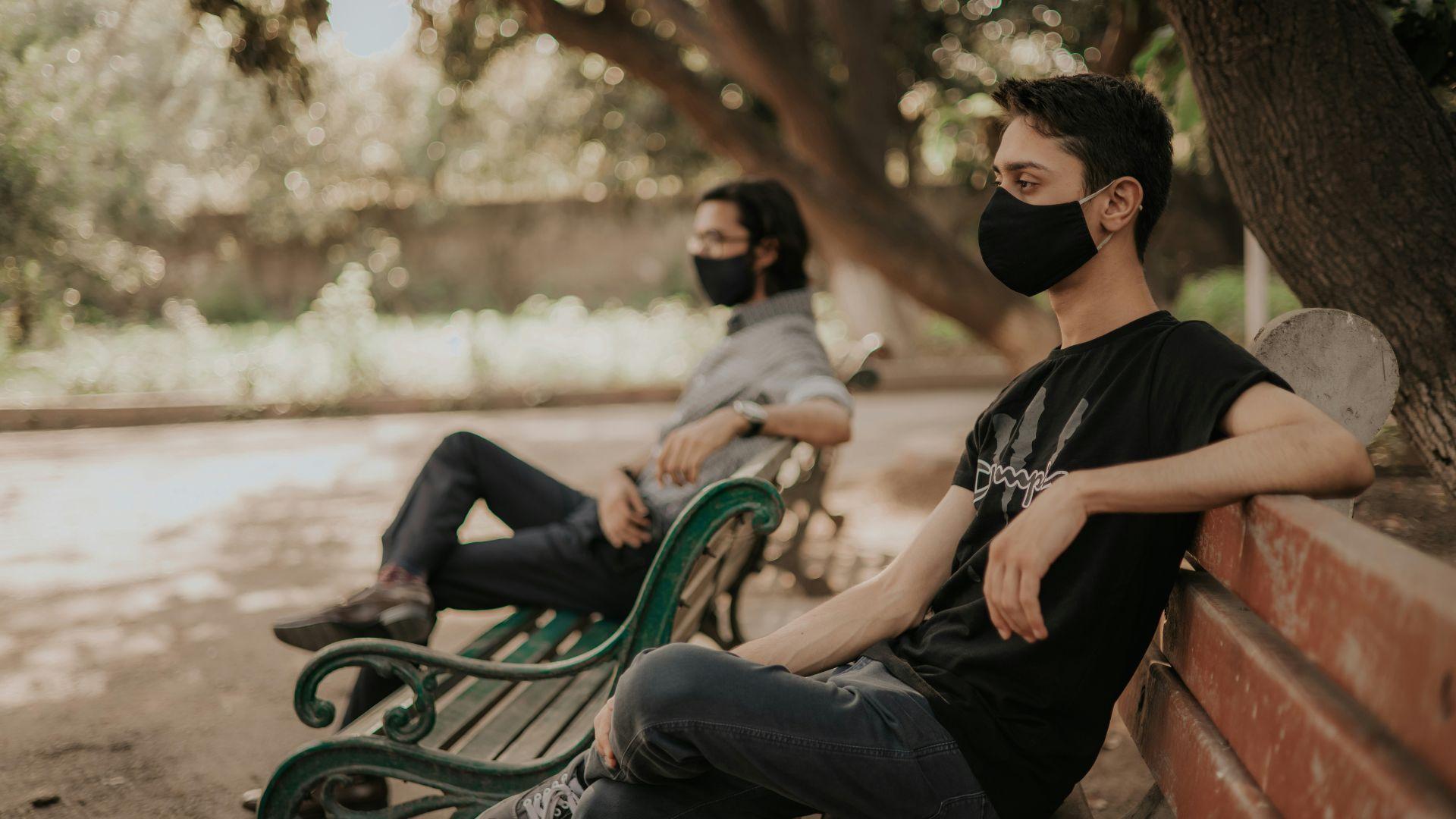
The COVID-19 pandemic has intensified this socioeconomic separation. A study by the Massachusetts Institute of Technology found a significant decrease in cross-class interactions since the pandemic began.
Despite the lifting of lockdowns, interactions between different socioeconomic groups fell by up to 30%, suggesting a lasting impact of the pandemic on social habits.
Chain Restaurants: A Meeting Ground for Diverse Incomes
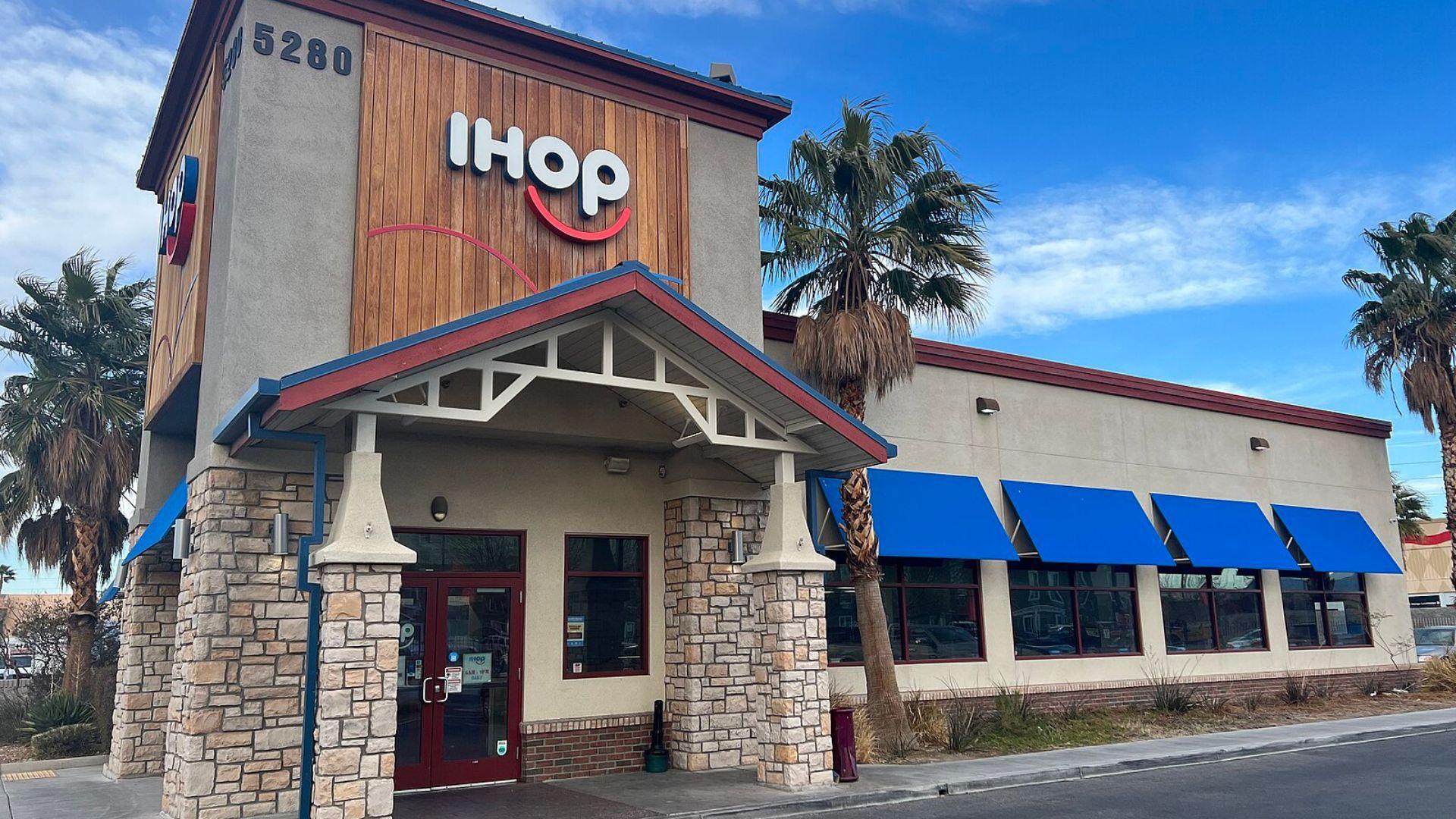
The Economist details that amid this backdrop of isolation, full-service, low-price restaurants emerge as unique meeting grounds.
Places like IHOP, Applebee’s, Chili’s, and Olive Garden are frequented by a diverse range of income groups, standing in contrast to other businesses and public institutions that tend to serve more homogenous populations.
Fast Food Restaurants and Income Diversity
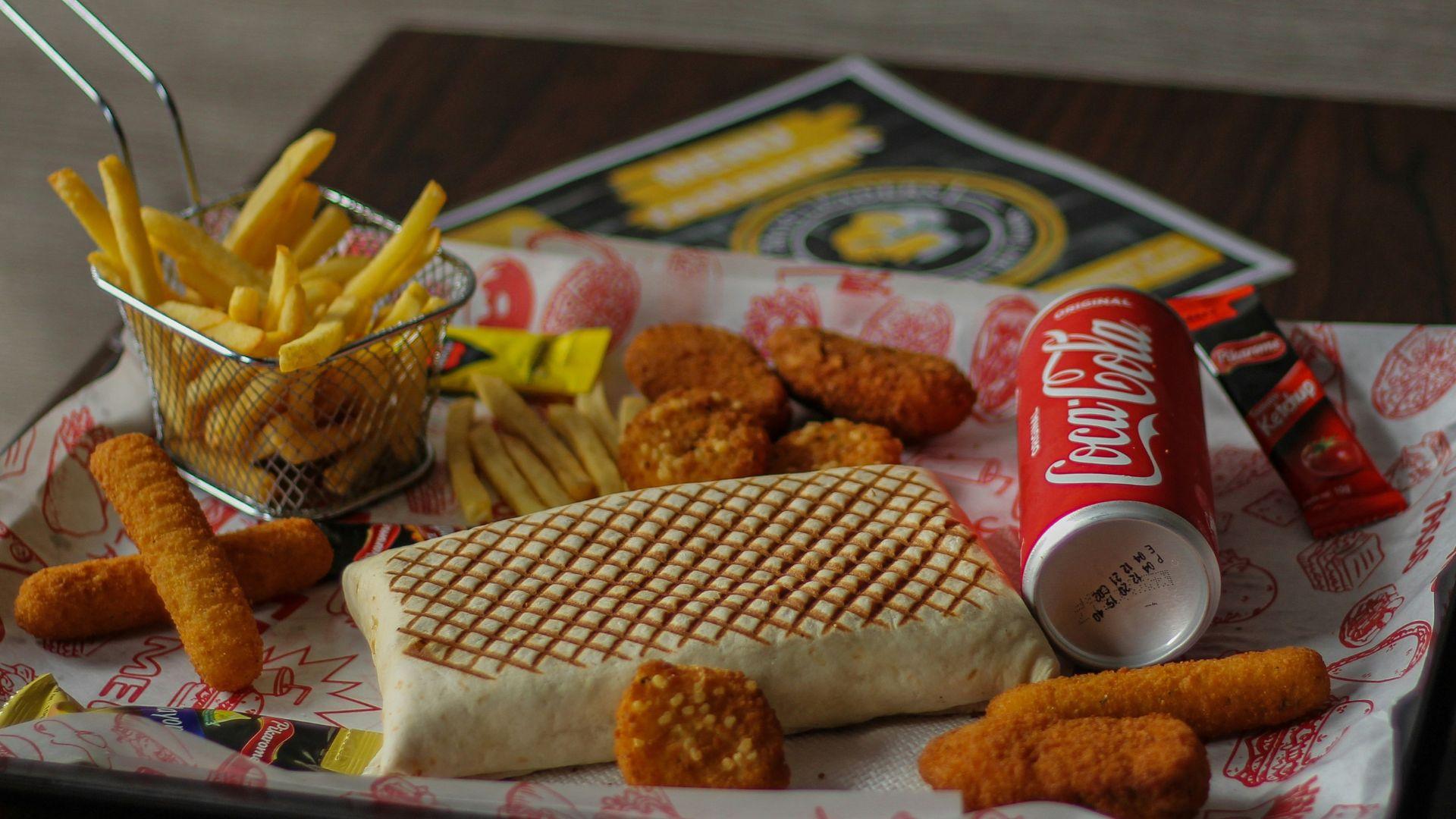
Fast food restaurants also play a role in this dynamic. Higher-income individuals are more likely to encounter lower-income people in such settings, although the reverse is less common, as reported by Business Insider.
This one-sided interaction pattern is less prevalent in full-service chain restaurants, which see a more balanced mix of different income groups.
Rethinking Social Integration Policies

The insights from these studies suggest a need to reconsider how social policies are formed regarding public spaces and businesses.
The role of chain restaurants in facilitating cross-income interactions highlights their potential importance in social integration strategies, as they are one of the few places where different income groups consistently mingle.
Olive Garden as a Microcosm of American Society

The Washington Post reveals that Olive Garden, with its wide reach and popularity, serves as a prime example of this social phenomenon.
The diverse clientele in these restaurants reflects a cross-section of American society, from nurses and families to individuals of varied ethnic backgrounds, all sharing a meal under one roof.
Chain Restaurants Surpass Traditional Social Spaces
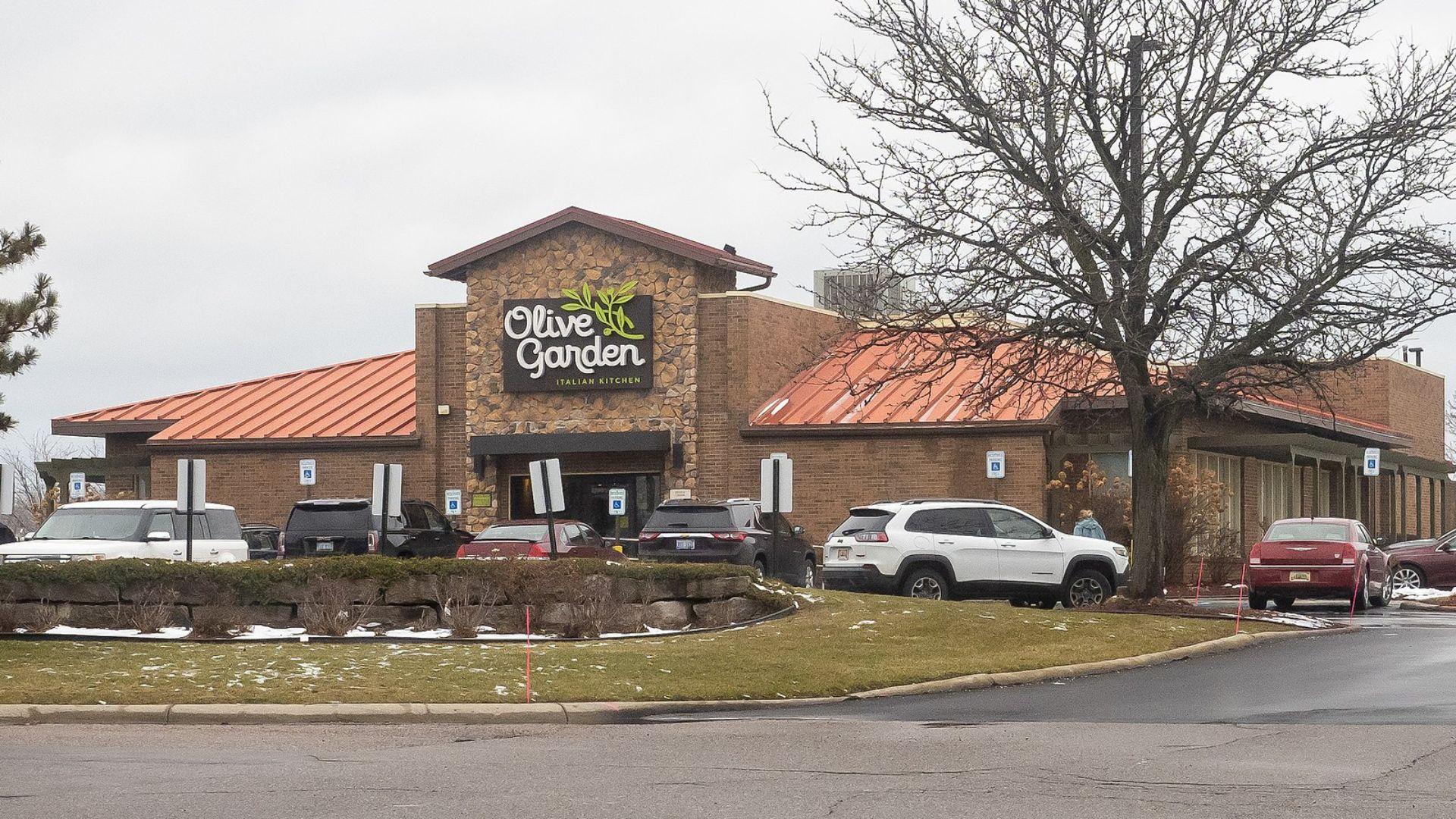
Business Insider notes that chain restaurants have become more effective in bringing together Americans from different economic backgrounds than traditional social spaces such as parks, libraries, or schools.
This unexpected role of chain restaurants highlights a shift in social dynamics, where Americans of varied incomes are more likely to interact over a meal than in other communal settings.
Socioeconomic Divisions in American Society

The growing divide between different economic classes in America is evident in many aspects of social life.
The Economist reports that Charles Murray, in his book “Coming Apart,” discusses a concerning trend in American society. He argues that over several decades, upper- and lower-class white Americans “have diverged so far in core behaviors and values that they barely recognize their underlying American kinship.”
Cross-Class Friendships: A Key to Social Mobility

Raj Chetty, a Harvard economist, and his team analyzed 70 million Facebook accounts, uncovering the power of cross-class friendships, as reported by The Economist.
Their research found that people with friends across economic strata are more likely to finish high school and earn better salaries. They also found that girls in these networks are less likely to experience teenage pregnancy.
